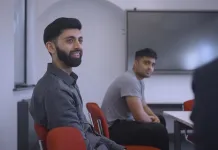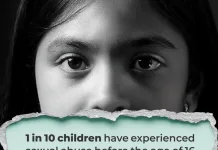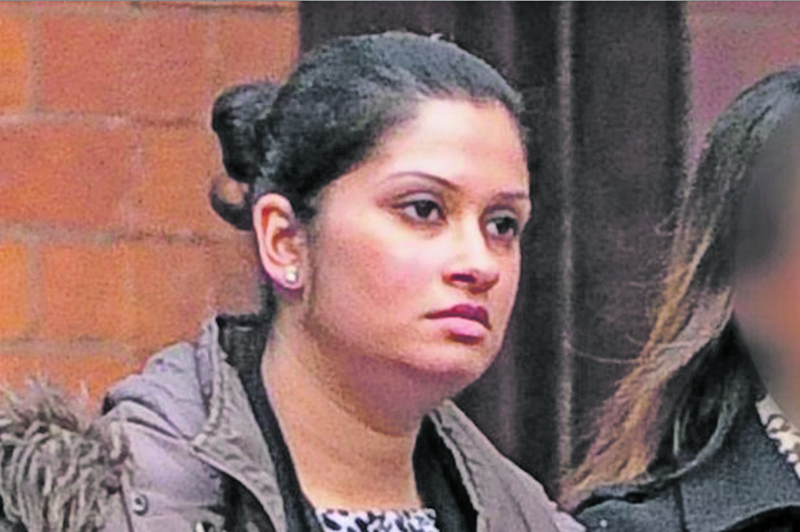
Budding young designers encouraged to be stars of the future in project launched at Leeds Beckett University
Yorkshire school pupils were challenged to design a new piece of wearable technology in a bid to encourage youngsters to pursue a career in a STEM (science, technology, engineering and mathematics) discipline.
150 pupils are set to take part across 10 schools in Leeds, Barnsley, Halifax and Castleford.
The challenge was launched at Leeds Beckett University by Premier Farnell and supported by the Ahead Partnership in Leeds. Its primary aim is to inspire the next generation of digital entrepreneurs.
Nick Cope, Associate Dean for Enterprise and Employability at Leeds Beckett University, said: “Leeds Beckett University is delighted to be involved in this exciting project. It gives our students the opportunity to share their expertise and gain valuable experience of working with young people in our region.
“Projects such as this open young people’s eyes to the opportunities available to them in the important areas of innovative design, technology and engineering for their future studies and careers.”
Steven Webb, Company Secretary at Premier Farnell, and Governor and Vice Chairman at Leeds Beckett University, said: “We ran this competition last year with five schools in Leeds and this year we will see ten schools take part – which is fantastic. Coding in education is critical for us as a business as it is these young people who will become our stars of the future.”
Each of the ten schools have received five CodeBug development boards – a wearable piece of technology designed to introduce programming and electronics concepts to younger age groups – as well as an additional budget provided by Premier Farnell to spend on electronic components required to complete their designs.
The winners of the ‘Wearable Technology’ competition will be announced on Tuesday 15th March 2016 where each school will have the opportunity to display their best design before a panel of judges.
It is expected that 170 million wearable devices will have been sold by 2016. Prominent examples of wearable devices include smart watches and fitness devices which track outputs, such as heart rate and temperature.












